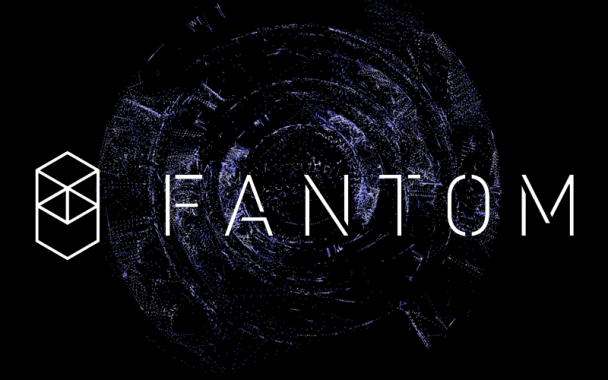 In today's era of rapid development of blockchain technology, Opera, as an emerging blockchain network, is attracting more and more users and developers with its unique architecture and functions. Opera’s native token FTM is not only the basis for online transactions, but also plays an important role in the ecosystem. This article will delve into the functionality of the FTM token, the introduction of USDC.e and its impact on the Opera ecosystem.
In today's era of rapid development of blockchain technology, Opera, as an emerging blockchain network, is attracting more and more users and developers with its unique architecture and functions. Opera’s native token FTM is not only the basis for online transactions, but also plays an important role in the ecosystem. This article will delve into the functionality of the FTM token, the introduction of USDC.e and its impact on the Opera ecosystem.
Function and importance of FTM tokens
Every transaction on the Opera network requires a fee, which must be paid in FTM tokens. This mechanism not only effectively prevents spam attacks, but also provides validators with compensation for processing transactions. Since FTM is Opera’s native token, its usage is crucial in the ecosystem.
Distribution of transaction fees Currently, the Opera network’s transaction fee distribution mechanism ensures that validators can receive reasonable rewards, thus motivating them to participate in the maintenance and security of the network. This design not only improves the reliability of the network, but also enhances user trust.
USDC.e – Opera’s official stablecoin
In the Opera ecosystem, USDC.e serves as the official stablecoin and is supported by Circle and Wormhole. USDC.e is bridged from native USDC on Ethereum via Wormhole, and may be upgraded to native USDC in the future. As the official stablecoin of the Opera ecosystem and the upcoming Sonic Chain, the introduction of USDC.e provides users with a stable store of value.
How to bridge USDC to Opera: To bridge USDC from Ethereum to Opera, users can use PortalBridge. Once the bridge is completed, users will receive USDC.e, the official stablecoin on our chain, on Opera. It should be noted that users can only bridge USDC from Ethereum and cannot bridge from other chains. For bridging other assets, users can refer to Squid Router.
The difference between native USDC and bridged USDC
According to Circle, there are significant differences between native USDC and bridged USDC:
Native USDC:
Issued by Circle, a regulated fintech company.
Backed by US dollars, always redeemable at 1:1.
The official form on a specific blockchain.
It can communicate with multiple blockchain networks through Circle's cross-chain transfer protocol.
Bridging USDC: Created by third parties such as Wormhole.
Backed by native USDC locked in Ethereum smart contracts.
Not compatible with Circle’s cross-chain transfer protocol.
There is potential to upgrade to native USDC.
On Opera, USDC.e is minted by Wormhole, bridging from the native USDC on Ethereum. Circle can take ownership of the USDC.e token contract in the future and upgrade it to native USDC.
Path to upgrade to native USDC
Circle has outlined several steps to upgrade bridged USDC to native USDC:
Wormhole deploys USDC.e on the network.
USDC.e is used to initiate initial liquidity in the ecosystem.
USDC.e reaches significant supply, holder count, and application integration count.
Circle and Sonic Labs/Wormhole have jointly decided to securely transfer ownership of the USDC.e token contract.
Once Circle takes ownership, it will upgrade USDC.e to native USDC and seamlessly retain existing supply, holders, and application integrations.
As USDC.e becomes widespread on the network, the Sonic Foundation will provide liquidity for the USDC.e stablecoin on Wormhole, allowing users to easily bridge assets to Opera. Circle may consider stepping in to upgrade its token contract to native USDC once USDC.e starts to prosper and gain a large number of holders and application integrations.
in conclusion
The introduction of FTM tokens and USDC.e provides a solid foundation for the construction of the Opera ecosystem. Through an effective transaction fee mechanism and stablecoin support, Opera not only improves the user experience, but also paves the way for future development. As more users and developers join, Opera is expected to achieve greater achievements in the blockchain field.
In this rapidly developing blockchain era, the combination of FTM tokens and USDC.e will provide users with better services and experiences. We look forward to further development and innovation of the Opera ecosystem in the future.